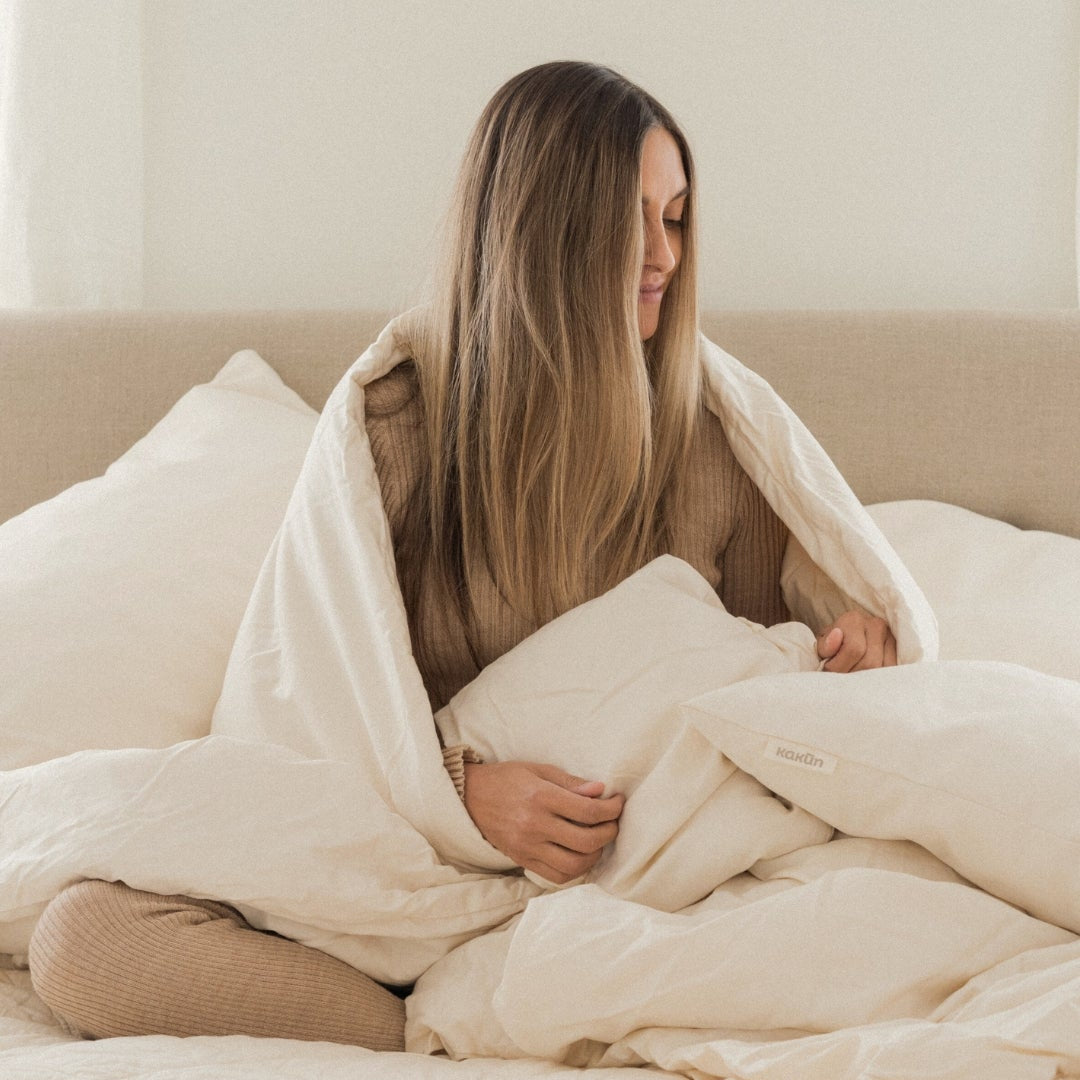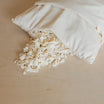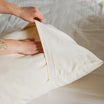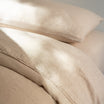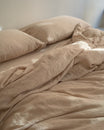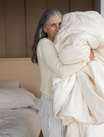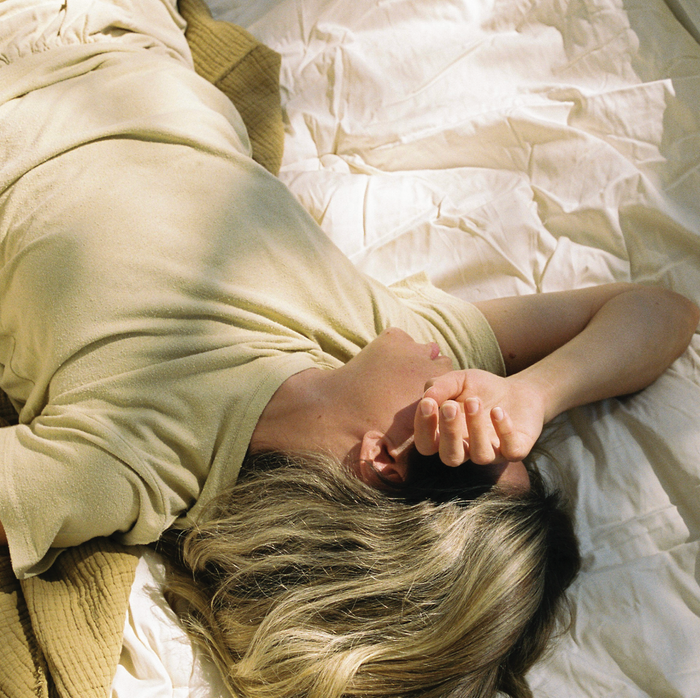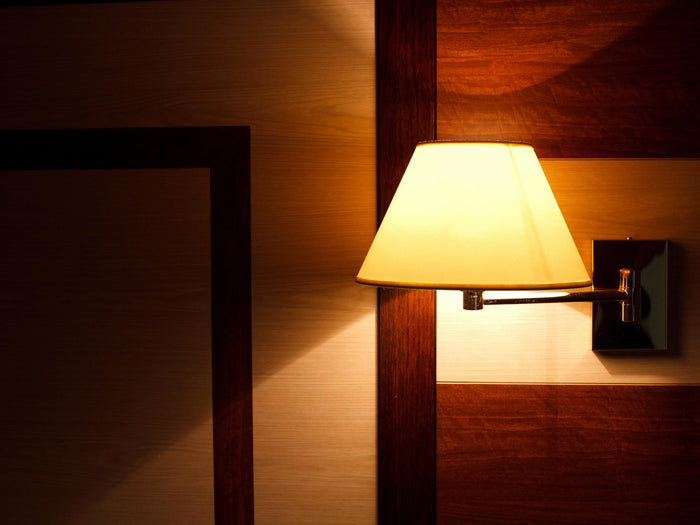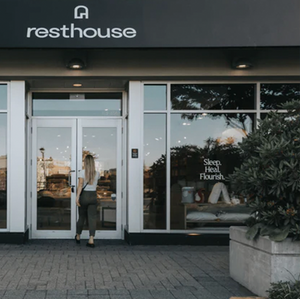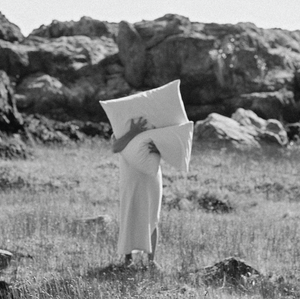The internet is rife with recommendations on how to improve sleep. From temperature regulation to ideal bedtimes to breathing exercises and dietary supplements, the rabbit hole of restful sleeping habits and tactics is long and winding.
But did you know that lighting, even nightlights, can have a profound effect on your sleep cycle? And, no, we’re not talking about scaring off the boogeyman (though no judgment here if you are scared of the dark!).
In fact, nightlights and coloured lighting are excellent tools to help you relax and unwind before bed.
But what colour and style should you choose?
Whether you are looking for yourself or your child, we’ve got you covered.
Read on to learn about the best coloured lighting and lighting designs that will not only improve your bedroom aesthetic, but also improve your sleep.
How Does Lighting Affect Sleep?
Before you decide on investing in a nightlight, it's good to know the science behind lighting and sleep.
The CDC currently reports that the colour of lighting plays a big role in affecting the body's circadian rhythm. The circadian rhythm plays a role in alerting humans:
- When to fall asleep
- When to wake up
- Whether or not to stay asleep
- Whether or not to awaken in the middle of the night
The circadian rhythm is incredibly powerful in controlling sleep, and it is also, unfortunately, sensitive to different lighting. Even being exposed to bright light as early as two hours before your bedtime can negatively impact the quality of your sleep. According to the CDC, bright lights, such as those from a regular lamp, can make you feel tired, yet prevent you from falling asleep late at night.
On the contrary, bright lights during the early morning can help you fall asleep faster. Because of the effect of light on the circadian rhythm, it's important to choose lighting for sleep with the appropriate colour, and also choose a nightlight that can be easily dimmed. Dimming lights creates a peaceful atmosphere, as well as prevents light from affecting your circadian rhythm.
What Colour Lighting is Best for Sleep?
Various studies have been conducted on humans, animals, and athletes to test out what colour lighting is best and worst for sleep. It's important to be aware of both the colours that can promote sleep or negatively affect it, so you know which lights to choose.
Red Light is Best for Sleep and Energy
By far, research has shown that red light is the best lighting for sleep. That's because red light has longer wavelengths that don't affect the body's circadian rhythms. In fact, the CDC states that red light has no known effect on the circadian rhythm. In addition, red light has also been reported to lead to higher melatonin levels.
Melatonin is a type of hormone that affects your body's circadian rhythm, allowing it to respond appropriately to changes in lighting. Melatonin occurs naturally in the brain and these red light studies have shown that this type of coloured lighting for sleep can boost melatonin levels naturally.
Other Effects of Red Light Therapy
Studies done on athletes in China actually showed that exposure to red light therapy for 30 minutes helped improve sleep and also boost melatonin levels. There was also a recent study published in the Journal Nature and Science of Sleep that gave some more insight into red light therapy.
In this study, mice were tested with red light therapy, and those that had red light therapy experienced less grogginess the day after treatment.
Other Good Colour Choices for Lighting
While red lighting is a great choice for nightlights because of its non-existent effect on the circadian rhythm, the CDC also has other recommendations for lighting.
- Orange and yellow lights do affect the circadian rhythm, but very minimally. It's best to stick with a nightlight that has a dim orange or yellow light.
- If you need a light that will help wake you up in the morning and boost energy, white light is a great choice to help prevent daytime grogginess.
What Colour Lights to Avoid for Sleep
If you’ve spent any time online, you’ve surely heard the call to “turn off your screens before bed!”. This is because by far, blue light is the worst type of lighting for sleep. Its shorter wavelength wreaks havoc on circadian rhythm and can lead to poor sleep even if exposed two hours before you go to bed.
So it’s true you should stay away from blue light, including phone screens, television screens, and tablets or computers when winding down for the night.
Home Automation Sleep Lighting
Besides choosing the best lighting for sleep, you can add convenience by automating your lights. Automated lighting allows you to:
- Control your nightlight from an app or separate control
- Dim your home's lighting from the comfort of your bed
- Powered by LED to help save you on energy costs
- Automatically power on and off according to a set timer
- Can be combined with sleep sounds, such as white noise, for better sleep
Final Thoughts
So there you have it. The best lighting for sleep is red lighting, although you can use orange and yellow lighting if it is dimmed enough. Red light will help prevent daytime grogginess, boost restful sleep, and improve your quality of life.
And don’t forget to avoid that pesky blue light two hours before bed!
If you want to learn more about how Resthouse can help improve your sleep quality, check out our Healthy Sleep Blog where we investigate and dissect all things sleep.


